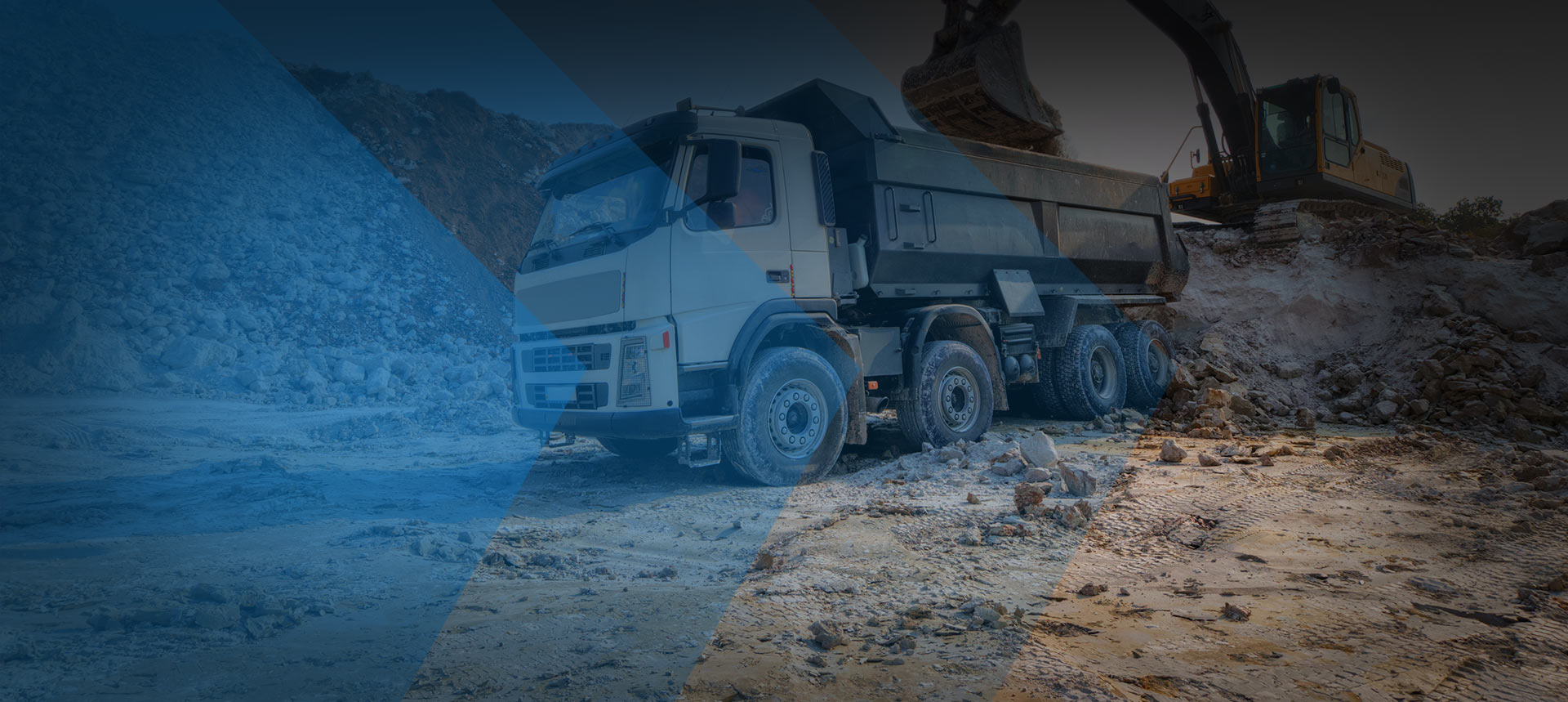08 Sep About Recycled Aggregates
The recycling process recovers the materials that were previously used in the construction activities. Two main ways obtain recycled aggregates:
1. On the site recycling where the heavy machinery are installed to crush the granules. This technique saves on transportation costs and also reduces the impact that the process has on the environment.
2. Recycling aggregate in a central processing plant – typically on smaller scale operations where on-site processing is not an option.
Uses of Recycled Aggregates
Recycled aggregates have many second use applications. The most common include:
· Use in road construction.
· Use as base material in construction activities.
· Used in utility reinforcement.
· Used for ground improvements.
· Used in shallow foundations and deep foundations among others.
Benefits of Aggregate Recycling
There is no significant difference between the cost of recycled aggregate and that from virgin sources used in construction activities. Sometimes it is even cheaper to use recycled aggregate especially if you have a good supplier – like Same-Day Aggregates! Other benefits include:
· It reduces the cost of transportation if the materials recovered are locally available.
· Recycling conserves the virgin resources.
· It also maintains local ecosystems and another biodiversity.
· Most of the recycled aggregates are exempted from levies, and hence it saves money for the construction companies.
· Recycling aggregates also increases opportunities for local communities.
Recycled Concrete
Almost every corner of the universe is dotted with high rising buildings. Concrete is all around us. During renovations and repairs, this concrete is sent to the landfills that are also filling up. Recycling becomes the only valid option with immense benefits. In the U.S alone, there is approximately 140 million tons of concrete that is recycled each year. The recycled materials are put into other purposeful uses other than being put into landfills. Most of the materials used in recycled concrete are readily available. Concrete is removed and crushed into a homogenous mixture. Other materials that might be in the concrete are separated and used for other purposes. Recycling concrete is the most economical way of utilizing the construction waste. Recycling concrete also helps to conserve the natural environment by reducing the demand for the virgin resources.
Recycled Asphalt
Asphalt from the old roads is obtained, crushed into an aggregate size and then put into more purposeful uses. When the material is compacted, it can be used to make durable driveways of the same or better quality at a lower cost.
For asphalt recycling process to be successful, it has:
· To be cost-effective
· Environmentally responsible
· Have a good performance.
· Have excellent bonding properties.
Supplier Partner
Same-Day Aggregates continues to take a leadership role in environmentally friendly construction practices. Contact us today to learn more about your recycled aggregates options. Meeting the aggregates demand of the Washington DC metropolitan region since 1999.

